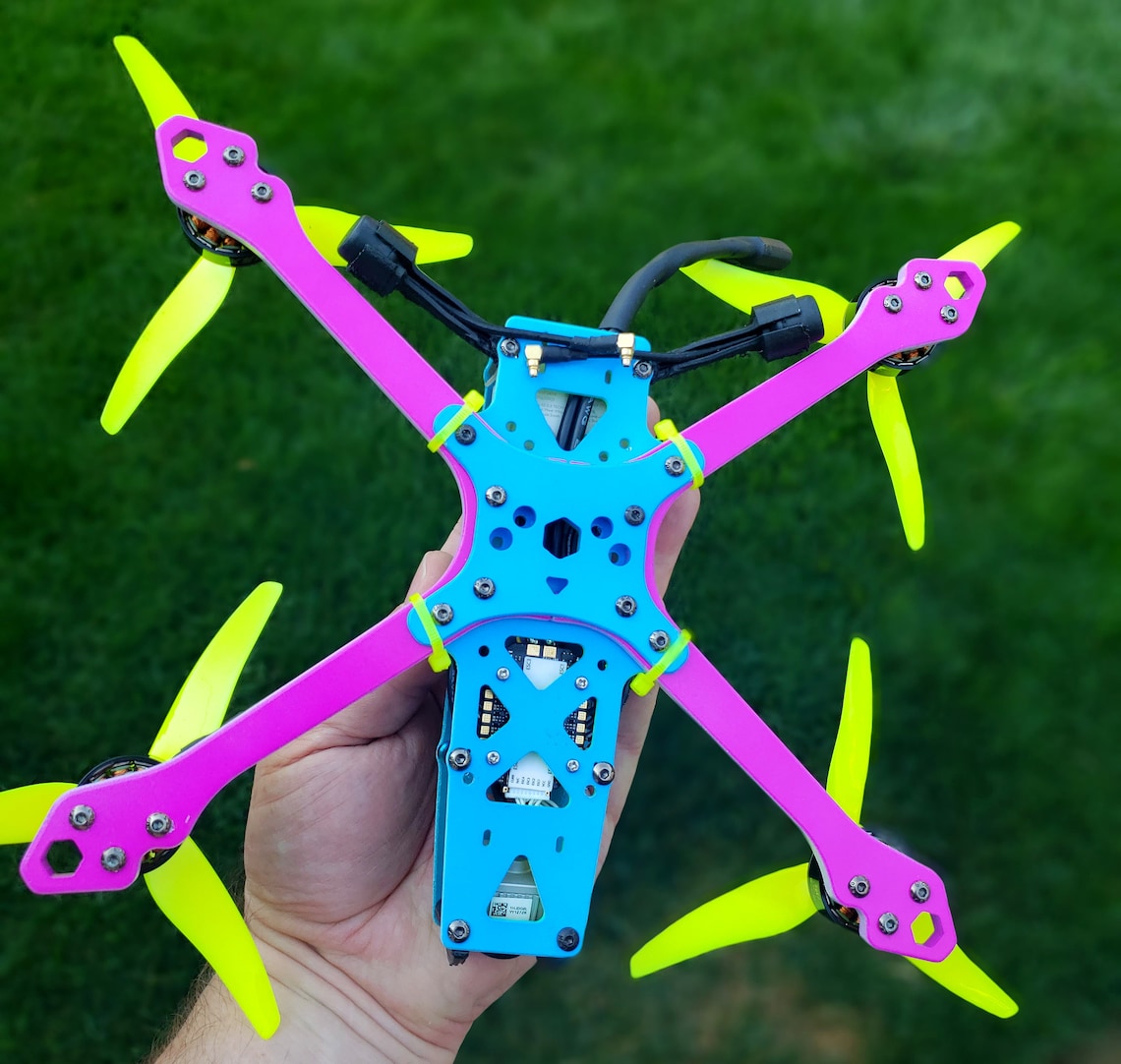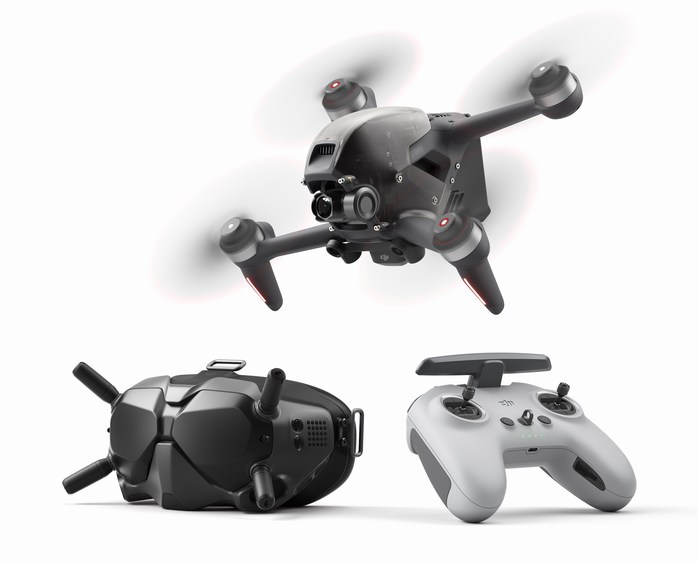
- #Fpv drone panic mode full
- #Fpv drone panic mode registration
- #Fpv drone panic mode android
- #Fpv drone panic mode pro
The DJI FPV and Avata drones hover side-by-side. If you release the controls, the drone simply hovers in place until you’re ready to fly again. That means it’s a bit like driving a car with the added ability to raise and lower the drone whenever you’d like. With a combination of these controls, any kind of flying is possible from lazy loops around a park to advanced tricks like barrel rolls and back flips.ĭJI changed the game with its FPV drones because they have the option to reassign the joysticks to control the heading, height, and position of the drone in a horizontal plane, allowing you to think about flying in more traditional terms.

Pitch angles forward and backward while roll tilts left and right. Adjusting the yaw control spins the drone around its vertical axis.

At least some throttle must be maintained to keep the drone in the air. The throttle increases the speed of the propellers and lifts the aircraft. These controls give you complete freedom of movement but require many hours of practice to master. Two joysticks allow control of throttle, yaw, roll, and pitch. Most FPV drones use a familiar-looking remote control that’s quite similar to a game controller. The TRUST test is a relatively new rule that took effect in the summer of 2021.
#Fpv drone panic mode full
The full details are available on the FAA’s website and are subject to change, so it’s worth taking another look from time to time.
#Fpv drone panic mode registration
If you’re flying a drone for commercial purposes, registration and a more challenging test are required, regardless of its weight. TRUST is a short and simple test made up of multiple-choice questions. The FAA’s TRUST test is designed for recreational pilots. Registering a drone costs just $5 and it can be done online in a few minutes, so it really isn’t a big deal.

Even though the DJI Avata is smaller, it weighs more at 410 grams so it must be registered.
#Fpv drone panic mode pro
Speaking of regulatory ease, the Mini 3 Pro is under 249 grams and doesn’t need to be registered before use, although every drone pilot must pass a test. The DJI Mini 3 Pro connects to your phone and uses a joystick-based remote. When using a phone as the display, it’s easy to glance up and see the drone and nearby objects with your own eyes, then look back to the smartphone to continue watching the view from above. With the Mini 3 Pro, it’s a different experience. That means you’re legally required (in the United States) to have someone else who can act as a spotter to keep an eye out for hazards that might not be visible while you’re piloting the Avata, so an FPV drone might not be a good choice if you plan on flying solo. The downside to wearing goggles is that your natural vision is obscured entirely.

Diopter adjustments allow tuning the sharpness to your particular vision, eye spacing controls for interpupillary distance keep your view of the screen crisp, and the microLED display ensures a bright and vivid preview of what will be recorded. Strapping a headset on means there won’t be any problem with seeing the screen in bright sunlight and the Avata’s Goggles 2 are surprisingly comfortable. There are enough similarities between these two drones that the differences stand out clearly. The DJI Avata comes with a head-mounted display and motion-based remote. Each uses the latest DJI technology for stable flight (even in moderate wind), solid tracking, reliable signal transmission, and a high-quality camera for great photos and videos.
#Fpv drone panic mode android
The Avata is DJI’s newest FPV drone featuring head-mounted Goggles 2 and a Motion Controller, while the Mini 3 Pro has a classic joystick-based controller with a holder to insert your iPhone or Android phone to serve as the display. The DJI Avata and the DJI Mini 3 Pro are great examples of DJI’s latest drones and a convenient way to compare a standard drone to an FPV drone that uses a head-mounted display. Other manufacturers sell bundles or ready-to-fly drones such as DJI’s FPV and Avata, which are more inviting alternatives for most people. This gives you the ability to customize but could result in compatibility issues. This, in itself, is unique in the world of FPV racing drones, which are sometimes sold as a collection of parts, sourced from various manufacturers. DJI’s Avata is ready to fly right out of the box.


 0 kommentar(er)
0 kommentar(er)
